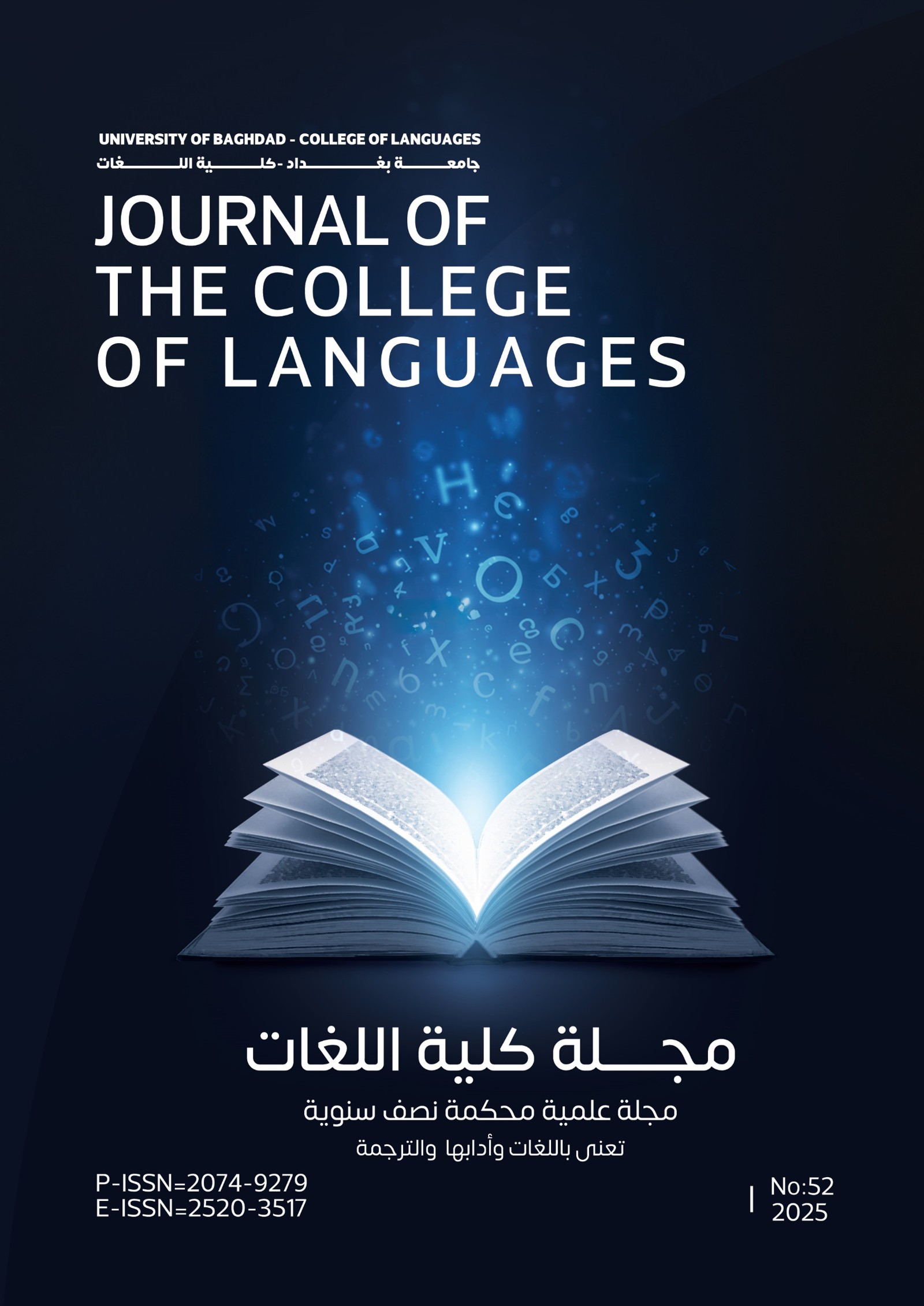ES’AT NAİB’İN “ZAMANIN ELİ” ADLI DİVANINDA İSİM ÇEKİM EKLERİ (Karşılaştırmalı İnceleme)
Keywords:
isim, Es’at Naib, Zamanın Eli, çekim ekleri, Irak Türkmen Türkçesi.Abstract
Irak Türk ağızları Azeri Türkçesinin bir uzantısı olarak değerlendirilir.Kerkük Türkçesiyle yazılan edebi ürünler, Irak Türkçesinin tamamını ifade etmek üzere kullanılmaktadır. Zamanın Eli divanı Kerkük Türkçesile yazılan bir eserdir. Bu yüzden bu divanı seçtik ve Irak Türkmen Türkçesi , Osmanlı Türkçesi ve Türkiye Türkçesi dilleri arasında karşılaştırmalı bir inceleme yaptık.
Bu araştırma, Irak Türkmen şairlerinden birisi sayılan Es’at Naib’in şiirleri üzerinde uygulamalı bir çalışmadanoluşmaktadır. Bu çalışmada adı geçen şairin “Zamanın Eli” Divanından bazışiirlerini önce yeni Türkçeye çevirdik vedaha sonra isim çekim ekilerini ele aldık.
Abstract
The present,“Noun Suffixes in Selected Poems from “The Hand of Time” Divan of the poet Asaad Al-Naeeb”, is a comparative study about noun suffixes in the Turkish Language of Turkmen in Iraq and the Modern Turkish Language.
Asaad Al-Naeeb is considered one of the most important Turkmen poets in Iraq. His poetry is characterized by depth of meanings and rhymes. He has started his literary work since 1918 in Kirkuk. He published his first poem in Al-Najma magazine and then he published his poems in different local magazines and newspapers. The poems chosen for this research are extracted from the divan of “The Hand of Time”. They are: The Happy Country: Iraq, Your Hazel Eyes, The Song of Spring, The Hand of Time and Blame, Desertion and Imagination.
These poems were translated from the Turkish language of Iraqi Turkmen into the modern Turkish Language. The suffixes were then pointed out for study. Grammarian classify noun suffixes into:
- Suffixes of noun cases
- Pluralization suffix
- Possession suffixes
- Statement suffixes
- Interrogative suffixes
The Turkish Language of the Iraqi Turkmen is similar to the Modern Turkish Language in terms of the characteristics of sounds and their pronunciation. It differs, however, in terms of the pronunciation of the vowels and consonants and both are similar in syntax. The reason of this difference is attributed to the effect of the Arabic language on the Turkish Language of the Iraqi Turkmen as the first has long vowel sounds. The noun suffixes in the Turkish Language of the Iraqi Turkmen which are extracted from the poems of Asaad Al-Naeeb are similar in form and structure in the Turkmen, Ottoman and the Turkish languages. The suffixes were written in the Arabic letters in the Turkish Language of Iraqi Turkmen and the Ottoman Language while the Modern Turkish letters were written in the Latin. After finding the noun suffixes in Asaad al-Naeeb’s poems, they were classified as follows:
- Suffixes of noun cases
- Possession suffixes
- Polarization suffix
- The uncommon statement suffixes







